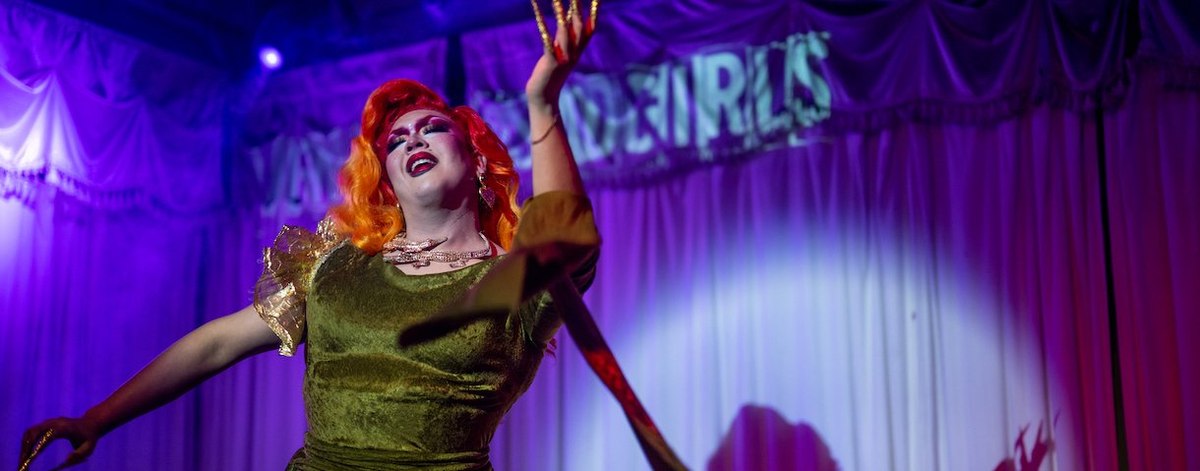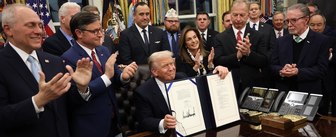New polling by the Economist and YouGov explores how Americans feel about drag shows, finding that nearly one in four American adults (23%) have been to a drag show at some point in their lives. Democrats are about twice as likely as Republicans to have attended one (32% vs. 15%), and women are slightly more likely than men to have been (26% vs. 20%). Nearly half of Americans who identify as either gay, lesbian, or bisexual (47%) say they've been to a drag show, more than double the share of people who identify as heterosexual (20%).
Several states across the country have recently introduced legislation aimed at regulating drag shows. Only 17% of Americans support banning drug shows entirely, though 50% — including nearly half of people who have been to a drag show — favor restricting attendance to adults (18 and older). One-quarter (25%) of Americans believe people of all ages should be allowed to attend drag shows.
Views on drag shows differ by party. One-quarter (25%) of Republicans favor banning drag shows entirely, and just 8% support allowing minors to attend them; 58% think they should be limited to adults. Only 8% of Democrats say drag shows should be banned entirely and 39% say they should be open to all; 40% think they should be limited to adults.
See the toplines and crosstabs from the Economist/YouGov poll conducted on April 8 - 11, 2023 among 1,500 U.S. adult citizens.
Methodology: Respondents were selected from YouGov’s opt-in panel using sample matching. A random sample (stratified by gender, age, race, education, geographic region, and voter registration) was selected from the 2019 American Community Survey. The sample was weighted according to gender, age, race, education, 2020 election turnout and presidential vote, baseline party identification, and current voter registration status. Demographic weighting targets come from the 2019 American Community Survey. Baseline party identification is the respondent’s most recent answer given prior to June 1, 2022, and is weighted to the estimated distribution at that time (34% Democratic, 31% Republican). The margin of error for the overall sample is approximately 3%.
Image: Getty (Brandon Bell)










